Introduction
As of 2024, #petownership has grown increasingly prevalent across the globe. Countless individuals take joy in welcoming pets—such as dogs, cats, birds, or fish—into their family units. Beyond being beloved companions, pets offer tangible benefits: they provide consistent companionship, alleviate daily stress, and play a key role in boosting their owners’ overall happiness. For specific groups, particularly those with special needs, pets serve an even more vital purpose: some act as emotional support animals, while others assist with everyday tasks to enhance independence.
That said, pet ownership also entails significant responsibilities. Owners are tasked with meeting their pets’ basic needs, including providing nutritious food, scheduling regular veterinary checkups, and delivering consistent, attentive care. To ensure their pets thrive, owners must be prepared to invest the necessary time, financial resources, and focus—all essential for supporting a pet’s healthy and fulfilling life.
Editor’s Choice
- In 2024, 66% of households in the United States owned at least one pet, a figure that translates to approximately 86.9 million pet-owning homes across the country.
- When broken down by generation, Pet Ownership Statistics reveal that millennials stand as the largest group of #petowners, with 33% of this demographic caring for a pet. They are closely followed by Gen X, which accounts for 25% of pet owners.
- On a global scale, projections for 2024 indicate the #petcare market is set to grow by 7.2%, reflecting a rising focus on pet well-being worldwide.
- Beyond market trends, the emotional bond between owners and pets is striking: around 57% of pet owners report that their pets help alleviate stress, highlighting the mental health benefits of pet ownership.
- In terms of pet preferences, dogs remain the most popular choice. Of all U.S. pet-owning households, 48% (equivalent to 65.1 million homes) opt to care for a dog. Cats rank second, with 25% of U.S. households welcoming these feline companions.
- The familial role of pets is also evident: in 2024, 51% of pet owners viewed their pets as full-fledged family members and treated them accordingly.
- Financially, caring for a pet involves consistent investment. On average, U.S. households spent roughly USD 1,380 annually on #petcare in 2024, covering expenses like food, grooming, and routine veterinary visits. To mitigate unexpected medical costs, 23% of pet owners had purchased #petinsurance by 2024.
General Pet Ownership Statistics
- For most dog owners, the average annual cost of essential expenses for their canine companions totals approximately USD 1,533—covering necessities like food, routine vet care, and basic supplies.
- In the United States, dogs remain the most popular household pets, with 65.1 million households welcoming at least one dog. Cats follow as the second-most common choice, residing in 46.5 million households, while freshwater fish rank third, kept by 11.1 million households.
- Pet Ownership Statistics also shed light on how owners acquire their pets: around 42% of dog owners and 43% of cat owners obtained their pets from a store. In contrast, adoption from animal shelters or rescue organizations is another prevalent route—38% of dog owners and 40% of cat owners chose this option to bring home their pets.
- A 2024 report from Forbes highlights disparities in pet ownership based on household income: households earning USD 100,000 or more annually are the most likely to own pets, with 63% of these households owning dogs and 40% owning cats.
- Housing type also influences pet ownership trends: homeowners are more likely to have pets than renters. Specifically, 58% of homeowners own dogs and 36% own cats—rates that outpace those of renter households.
- Geographically, U.S. residents in rural areas show the highest likelihood of owning pets: as of 2024, 71% of rural dwellers have at least one pet. What’s more, compared to those living in suburbs or cities, rural residents are far more likely to own multiple pets, with 47% of rural pet owners caring for more than one animal.
- Lastly, breeders are a source of pets for a smaller subset of owners: around 23% of dog owners and 7% of cat owners got their pets directly from breeders.
Interesting Facts of Pet Ownership
- Each year in the U.S., nearly 6% of pets—roughly 2 million animals—travel by plane alongside their owners, highlighting how pets are integrated into family travel plans.
- A pressing issue in the U.S. pet community is homelessness: to date, there are an estimated 30 to 40 million stray or homeless cats across the country, underscoring the need for adoption and spay/neuter initiatives.
- Demographically, women make up a majority of U.S. pet owners, at nearly 60%, with a notable subset of these being high-income individuals. Specifically, among pet-owning households earning over USD 220,000 annually, 77% of the women in these homes are 50 years old or older.
- According to data from the ASPCA (American Society for the Prevention of Cruelty to Animals), approximately 6.3 million pets enter U.S. animal shelters each year. This breakdown includes 3.1 million dogs and 3.2 million cats, emphasizing the steady demand for shelter support and pet adoptions.
- Housing type correlates with pet ownership rates too: residents of mobile homes have the highest pet ownership rate in the U.S., at 73.8%, outpacing those in other housing categories.
- A notable health trend among canine companions: Pet Ownership Statistics reveal that, on average, 56% of adult dogs in the U.S. are overweight, a reminder of the importance of proper diet and exercise for pets.
World Pet Ownership Statistics
- In 2024, the global pet population reached impressive numbers: there are more than 900 million pet dogs and 370 million pet cats worldwide, reflecting the universal appeal of these companion animals.
- Brazil stands out for its preference for small dogs: the country has more small dogs per capita than any other nation globally.
- The bond between pets and families is strong across cultures—for example, 90% of U.S. families view their dogs as important members of their household.
- Beyond dogs and cats, birds are also popular pets: globally, there are 249.6 million pet birds living in homes as of 2024.
- Russia leads the world in cat ownership rates, with 59% of its population owning at least one cat, making it the country with the highest percentage of cat owners globally.
- The global #petindustry has experienced explosive growth: over the past 25 years, it has expanded by a remarkable 450%. Projections suggest this momentum will continue—by the end of 2027, the global pet industry is expected to reach a value of up to USD 358.62 billion.
- In 2024, pet owners worldwide had a vast array of product choices: there were more than 630 different #petfood brands available globally.
- Another segment of the pet industry poised for growth is grooming: Pet Ownership Statistics indicate that the global #petgrooming industry is on track to reach USD 14.46 billion by 2025.
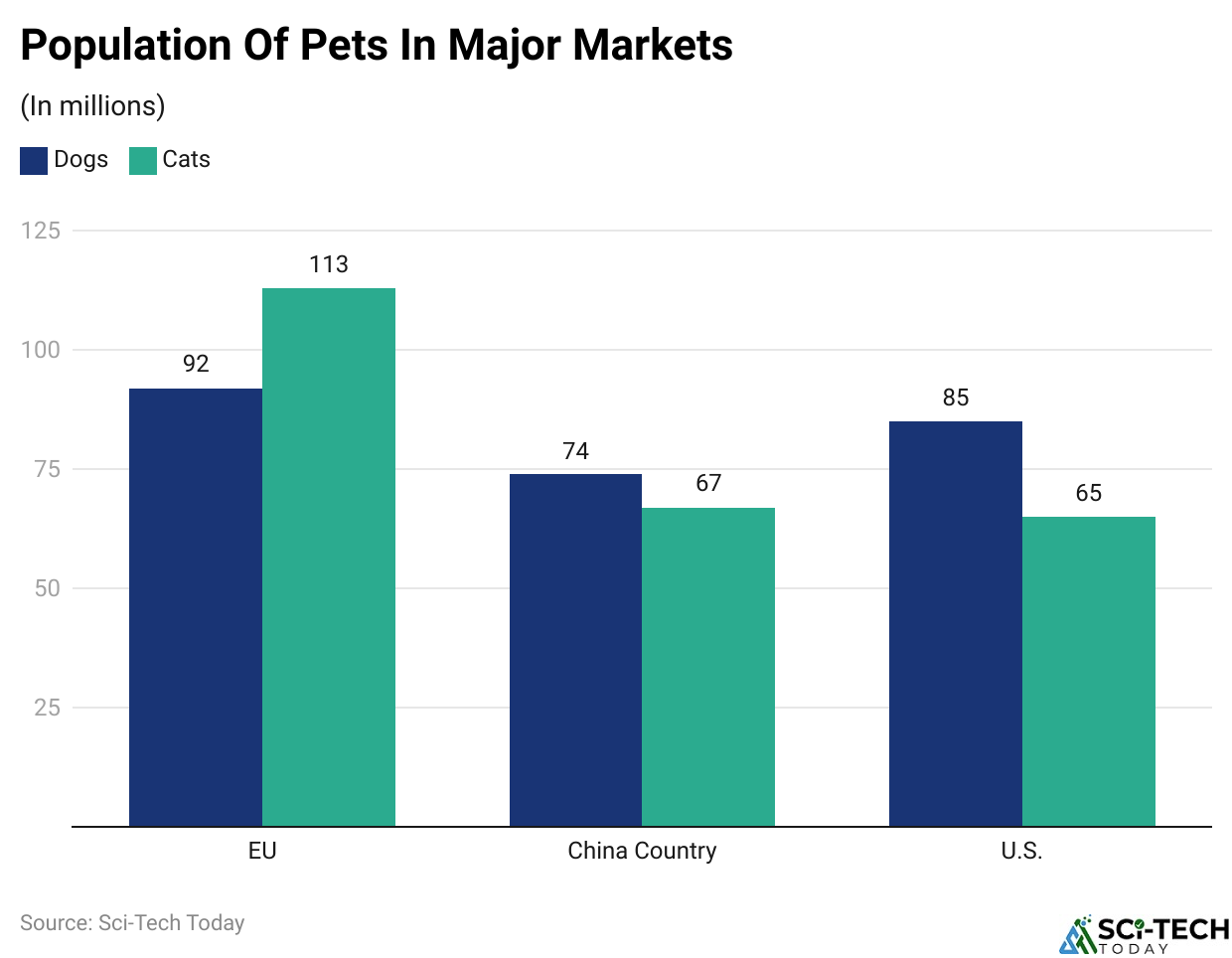
(Reference: healthforanimals.org)
- In recent years, the total number of dogs and cats in the European Union has been around 92 million and 113 million, respectively.
- On the other hand, the number of dogs and cats in China will be made up (74 and 67
million) and in the U.S. (85 and 65 million).
United States Pet Ownership Statistics
- Based on APPA survey reports from 2023 to 2024, nearly 66% of U.S. households, or 86.9 million homes, have a pet.
- In America, the average household spends about USD 741 each year to take care of its pets.
- Households with pets in the West spend the most, around USD 1,046 per year, which is 1.1% of their income.
Total Pet Industry Expenditure Statistics
- In the year 2024, the expected expenditure of the U.S. pet industry will be around USD 150.6 billion.
Furthermore, the previous year’s expenditures are represented below:
| Year | Expenditure Amount (USD billion) |
| 2023 | 147 |
| 2022 | 136.8 |
| 2021 | 123.6 |
| 2020 | 108.9 |
| 2019 | 97.1 |
| 2018 | 90.5 |
| 2017 | 69.5 |
| 2016 | 66.8 |
| 2015 | 60.3 |
- Pet owners are expected to allocate significant funds to their animal companions, with USD 60 billion projected to be spent on pet food and treats alone—reflecting the priority placed on pets’ nutritional needs.
- Veterinary care and related products also represent a major expense category, with an estimated USD 39.5 billion set aside for these essential health-related costs.
- In 2024, spending on #petsupplies, live animals, and over-the-counter (OTC) medicine is forecast to reach approximately USD 22.6 billion, covering items from collars and crates to basic health remedies.
- Grooming services and pet boarding—key for pet owners’ travel or daily care needs—are projected to hit USD 14.5 billion in spending.
- Against the backdrop of rising pet healthcare costs, 23% of pet owners have invested in pet insurance, a trend that contributes to an estimated USD 7.5 billion in annual insurance premiums.
- Finally, spending on #pettoys and accessories—designed to keep pets entertained and comfortable—is expected to total around USD 4.7 billion, while training services (including behavior modification classes) are set to generate USD 1.6 billion in revenue.
Pet Ownership Statistics By Number of Households
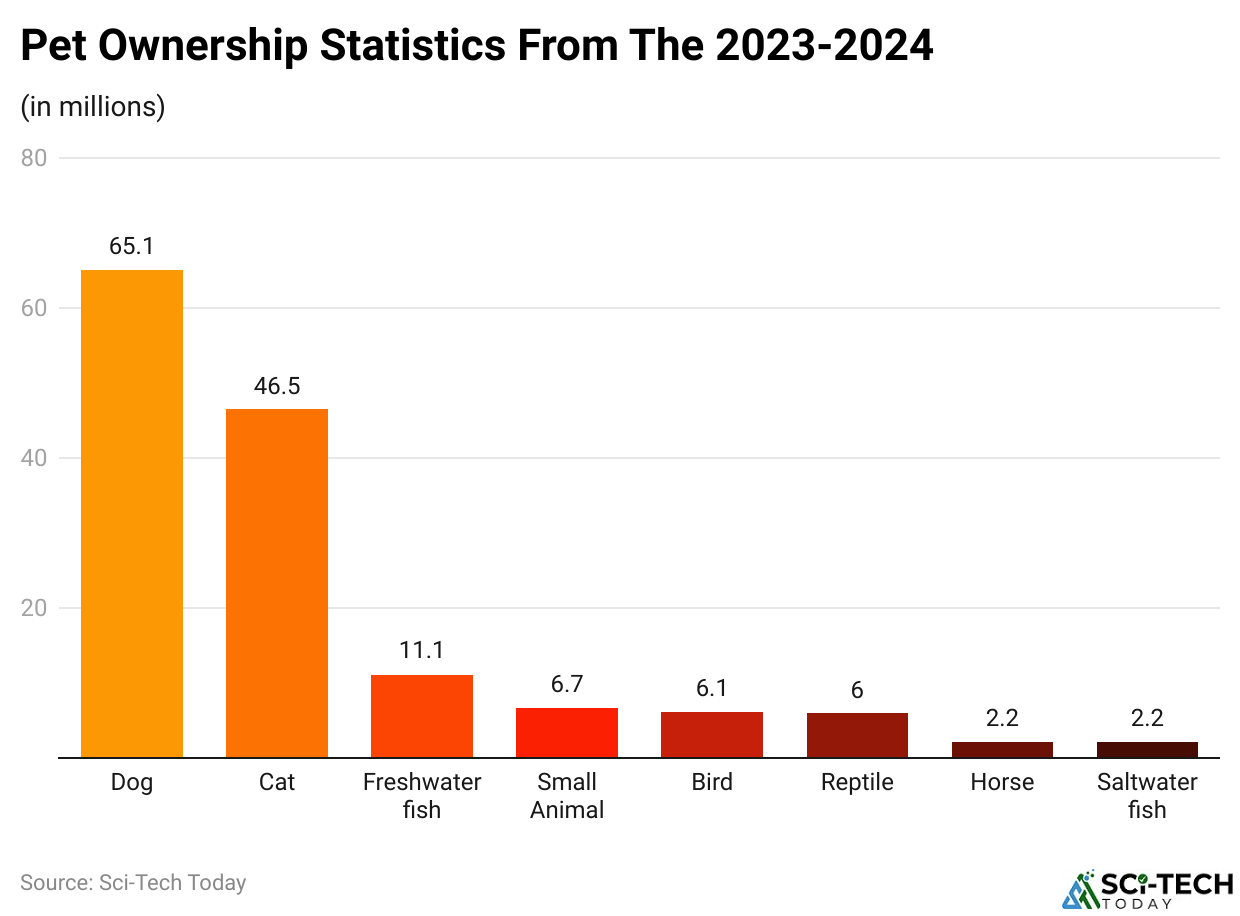
(Reference: worldanimalfoundation.org)
In 2024, dogs and cats will remain the most prevalent pets in the United States, with projections showing they will reside in 65.1 million and 46.5 million households, respectively.
Beyond these two most popular companions, other pets also hold a significant presence across American households. When ranked by the total number of households that own them, the next most common pets in the nation are as follows:
- Freshwater fish: 11.1 million households
- Small animals (e.g., hamsters, rabbits, guinea pigs): 6.7 million households
- Birds: 6.1 million households
- Reptiles (e.g., lizards, snakes, turtles): 6 million households
- Horses: 2.2 million households
- Saltwater fish: 2.2 million households
Generation Wise Pet Ownership Statistics
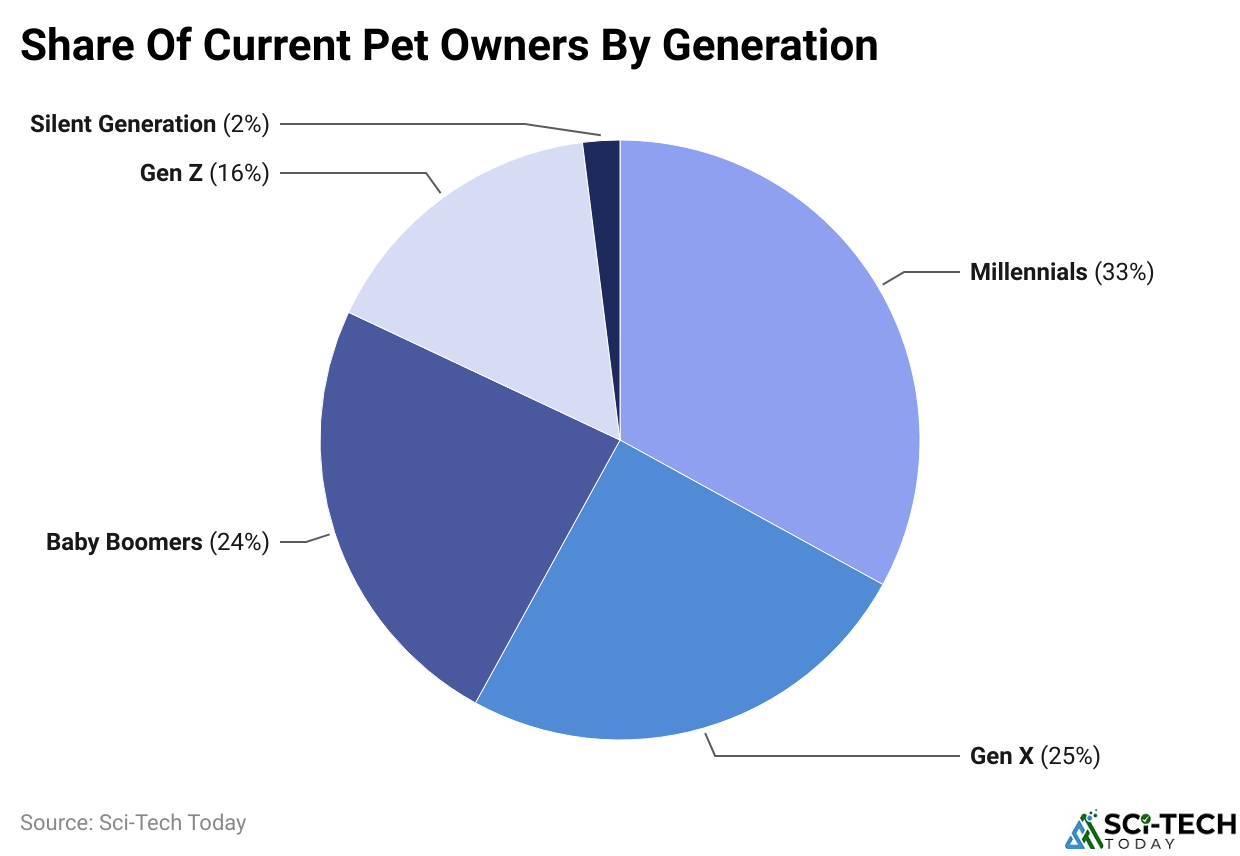
(Reference: forbes.com)
- In 2024, millennials will stand as the largest demographic of pet owners in the United States, with 33% of this generation owning a pet.
- Gen X and Baby Boomers will follow as the second and third most prominent groups in pet ownership, accounting for 25% and 24% of U.S. pet owners, respectively.
- When breaking down pet ownership across all generations, the remaining shares in 2024 will include 16% from Gen Z and 2% from the Builder generation (individuals born roughly before 1946), rounding out the demographic distribution of pet owners nationwide.
By Pet Type, 2024
| Generation | Dog | Cat | Bird | Pig | Rabbit | Fish | Lizard | Turtle |
| GenZ | 86% | 81% | 46% | 30% | 28.00% | 26% | 24% | 22% |
| Millennials | 66% | 59% | 20% | 15% | 19.00% | 12% | 11% | 7% |
| Gen X | 69% | 54% | 7% | 5% | 8.00% | 8% | 5% | 2% |
| Baby Boomers | 50% | 42% | 105 | 6% | 6.00% | 105 | 6% | 5% |
| Silent Generation | 77% | 58% | 18% | 10% | 10% | 10% | 10% | 10% |
Cost Statistics of Pet Ownership
- For most dog owners, the average yearly cost of covering essential expenses for their canine companions totals approximately USD 1,533.
- Pet Ownership Statistics provide further breakdowns of specific dog-related costs: a seven-day stay for a dog at a boarding facility averages USD 253, annual veterinary care costs around USD 679.50, and #petinsurance premiums typically amount to USD 601.01 per year.
- In 2024, veterinary care emerged as the largest annual expense for dog owners, with an average outlay of roughly USD 367. This was followed by food (USD 339), grooming services (USD 99), and toys (USD 79) per year. Miscellaneous other expenses accounted for the remaining USD 28 of the average annual budget for dog care.
In contrast, annual spending on cats and both cats & dogs in 2024 is stated in the table below:
| Household Type | Total | Food | Veterinary Care | Toy | Grooming | Others |
| Cats | USD 653 | USD 310 | USD 253 | USD 50 | USD 18 | USD 22 |
| Both with Cats and Dogs | USD 807 | USD 321 | USD 311 | USD 83 | USD 64 | USD 28 |
States With The Highest Pet Ownership Rates In The U.S
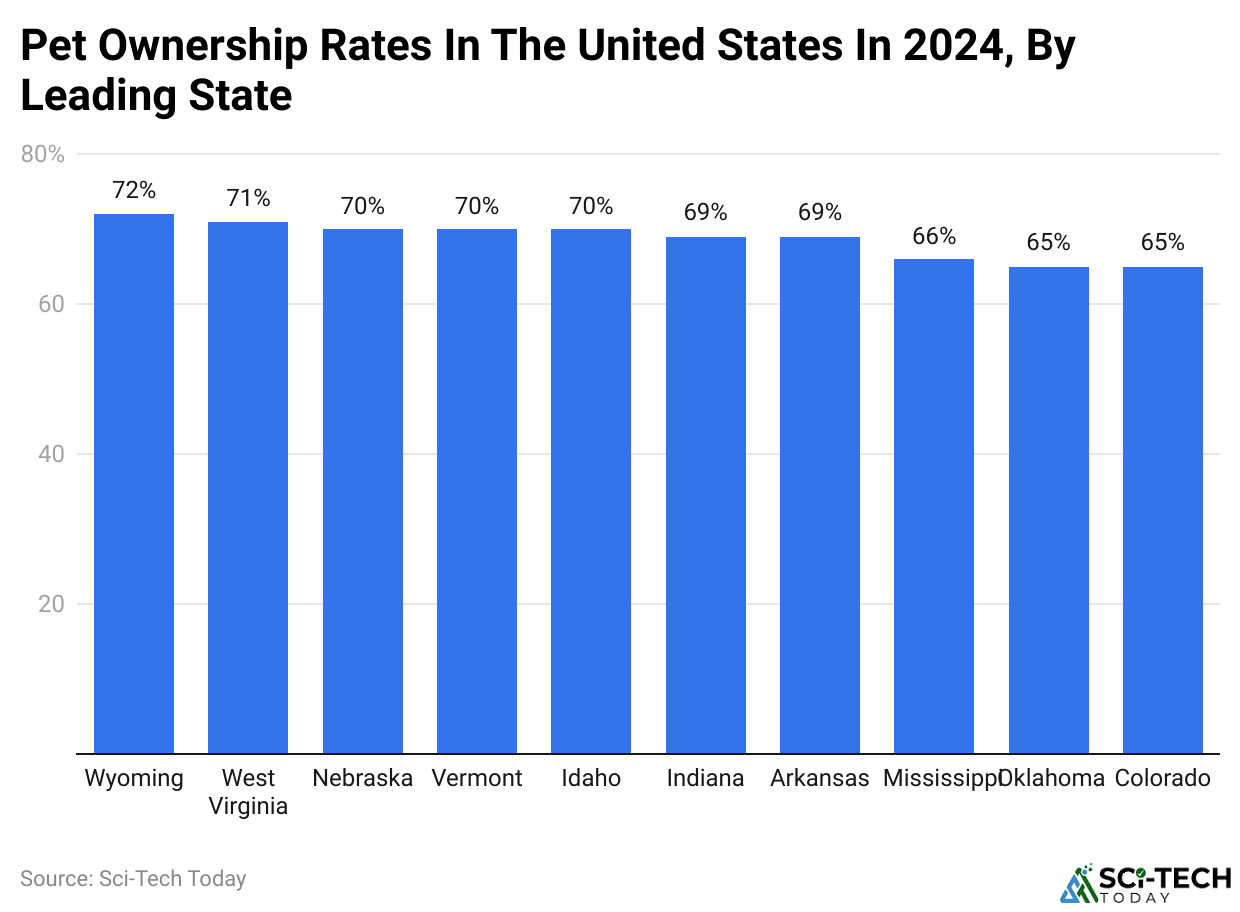
(Reference: statista.com)
- According to an analysis from a Statista report, Wyoming will lead the United States in pet ownership in 2024, with 72% of households in the state owning at least one pet.
- West Virginia will closely follow as the state with the second-highest pet ownership rate, at 71%. In contrast, Colorado will have the lowest rate among the states tracked, at approximately 65%.
- Other U.S. states with notable pet ownership rates in 2024 include three states tied at 70%: Nebraska, Vermont, and Idaho. Indiana and Arkansas will share the next tier, each with an estimated pet ownership rate of 69%. Rounding out the list are Mississippi and Oklahoma—both at 66%—alongside Colorado, which again registers at 65%.
The Top Best Cities For Pet Owners Statistics
| City | Overall Score | Dog Vet Cost Score | Cat Vet Cost Score | Vet Access Score | Pet-Friendly Spaces Score |
| Kansas City (Missouri) | 100 | 98.75 | 98.75 | 75.63 | 64.49 |
| Nashville (Tennessee) | 98.91 | 96.24 | 96.24 | 61.88 | 84.04 |
| Albuquerque ((New Mexico) | 98.53 | 91.22 | 91.22 | 61.25 | 95.22 |
| Raleigh (North Carolina) | 97.09 | 79.94 | 79.94 | 91.88 | 79.7 |
| Wichita (Kansas) | 96.04 | 100 | 100 | 72.5 | 49.91 |
| Louisville (Kentucky) | 95.52 | 96.24 | 96.24 | 80 | 47.96 |
| Tucson (Arizona) | 94.51 | 91.22 | 91.22 | 63.75 | 77.25 |
| Greensboro (North Carolina) | 94.19 | 91.22 | 91.22 | 78.13 | 58.01 |
| Cincinnati (Ohio) | 92.45 | 91.22 | 91.22 | 71.88 | 59.46 |
| Tulsa (Oklahoma) | 91.91 | 91.22 | 91.22 | 77.50 | 51.16 |
The Top 10 Expensive Cities To Own A Dog
| Cities | Average Household Income (USD) | (Annual Cost) and (Share of Household) of vet care insurance & Boarding | (Annual Cost) and (Share of Household) of Daycare |
| Huntsville (Alabama) | 76,963 | USD 1,302 & 1.69% | USD 2,688 & 3.49% |
| Kansas City (Missouri) | 73,900 | USD 1,329 & 1.80% | USD 2,688 & 3.64% |
| Omaha (Nebraska) | 73,720 | USD 1,261 & 1.71% | USD 2,784 & 3.78% |
| Cincinnati (Ohio) | 70,818 | USD 1,341 & 1.89% | USD 2,688 & 3.80% |
| Jacksonville (Florida) | 68,394 | USD 1,341 & 1.96% | USD 2,880 & 4.21% |
| San Antonio (Texas) | 66,775 | USD 1,327 & 1.99% | USD 2,592 & 3.88% |
| Louisville (Kentucky) | 64,029 | USD 1,362 & 2.13% | USD 2,784 & 4.35% |
| Fort Wayne (Indiana) | 62,155 | USD 1,345 (2.16%) | USD 2,847 (4.58%) |
| Oklahoma City (Oklahoma) | 61,815 | USD 1,292 (2.09%) | USD 2,688 (4.35%) |
| El Paso (Texas) | 51,002 | USD 1,323 (2.59%) | USD 2,496 (4.89%) |
The Top 10 Dog Statistics In 2024
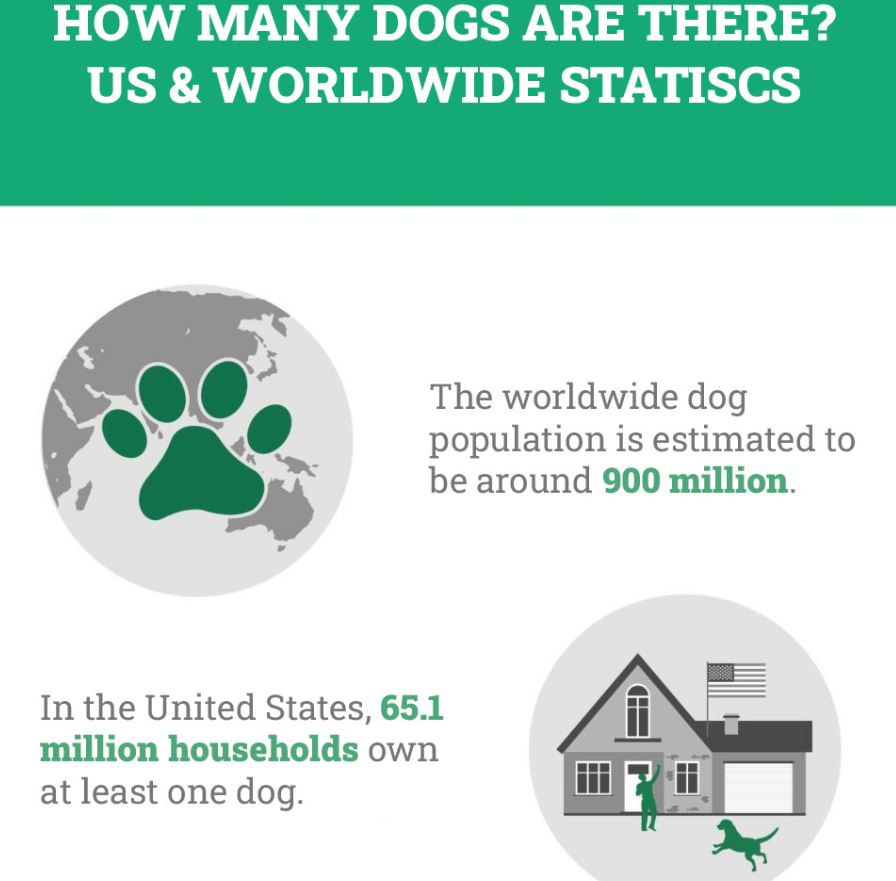
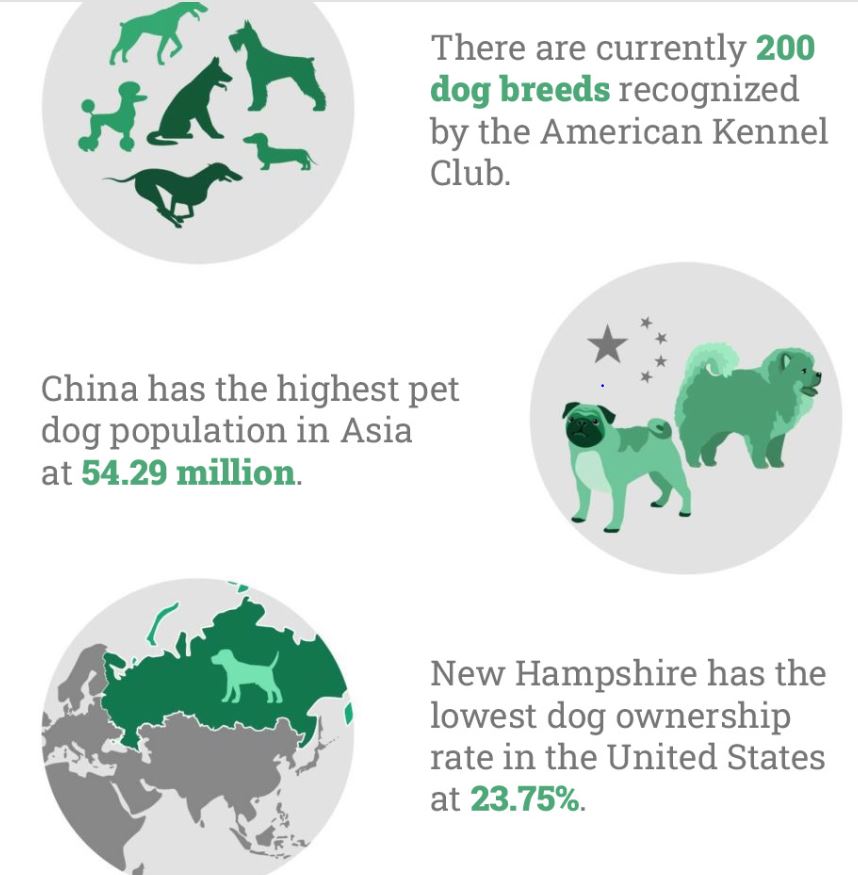
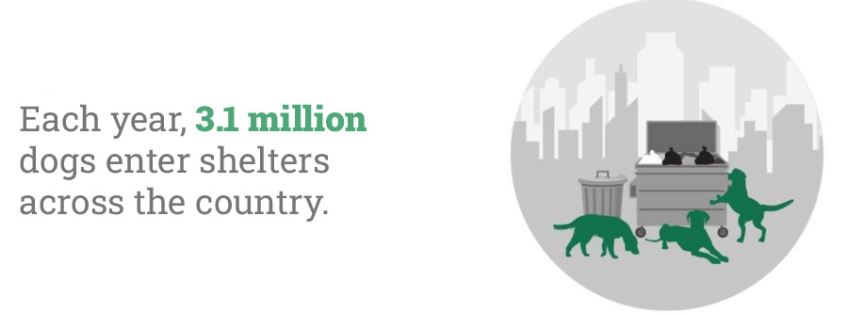
(Source: dogster.com)
Reason Behind People Are Unlikely To Buy Pet Insurance In The Next 3 Months Statistics
- Pet Ownership Statistics in 2024 further reports that among dog owners without pet insurance, around 42% said they won’t buy it soon because it’s too expensive.
In addition, other reasons for not buying pet insurance are stated below:
| They don’t think they will need it | 24% |
| Not Worthy | 21% |
| Not having any product knowledge | 5% |
| No appropriate knowledge of those who sell it | 4% |
Pet Ownership And Insurance Statistics
- Pet Ownership Statistics further highlights key trends in pet-related spending and insurance: around 26.7% of pet owners identify veterinary care as their single largest expense related to their pets.
- When it comes to pet insurance, sentiment is strongly positive: nearly 78.8% of pet owners believe the cost of pet insurance is worthwhile for both themselves and their animal companions.
- Among those who have pet insurance, dogs are the most commonly covered pets: approximately 53.7% of pet insurance policyholders include their dog in their coverage.
- On a more challenging note, #petmedical costs can lead to financial strain: 36.7% of pet owners report having taken on debt specifically to cover their pet’s medical expenses.
- In recent years, routine care has been a priority for vet spending: 63.3% of pet owners state that they allocate the majority of their veterinary budget to regular, preventive care for their pets.
Conclusion
Pet ownership is on the rise worldwide, driven largely by growing recognition of the emotional and health benefits that companion animals bring to people’s lives. Whether it’s reduced stress, enhanced mood, or increased physical activity (e.g., through dog walking), these advantages have made pets a valued part of more households than ever before.
In 2024, this shift was reflected in the significant expansion of the global pet industry—a growth that underscores the deep, enduring bond between pets and their owners. However, this increase in pet ownership also comes with a clear set of responsibilities: owners must commit to covering ongoing costs, from nutritious food and essential healthcare (like vet visits and vaccinations) to grooming services and daily care, ensuring their pets live healthy, comfortable lives.
As the pet care market continues to expand—encompassing everything from specialized #petproducts to advanced veterinary services—key stakeholders, including pet owners, businesses, and industry leaders, face a shared imperative: prioritizing the proper care and well-being of pets. This means not only meeting their basic needs but also advocating for ethical practices, accessible healthcare, and informed ownership.
Looking ahead, the trend of growing pet ownership shows no signs of slowing down. This sustained growth is poised to reshape the pet care industry further, driving innovation in products, services, and policies—all while reinforcing the role of pets as beloved members of families across the globe.
Source: Sci-Tech-Today
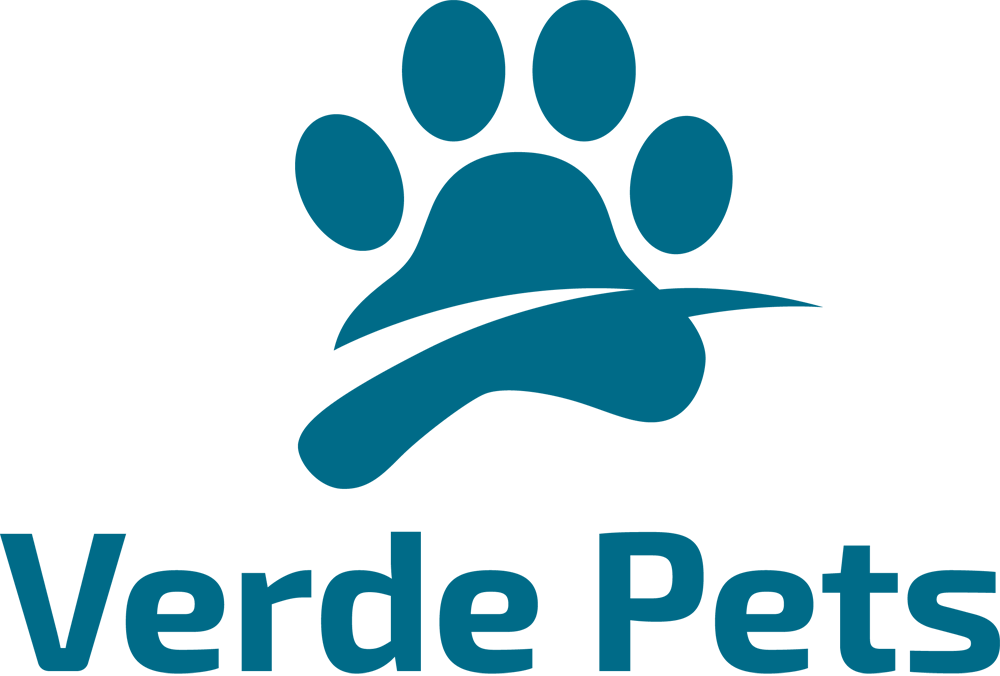
2 Responses
Good site! I truly love how it is simple on my eyes and the data are well written. I’m wondering how I could be notified whenever a new post has been made. I’ve subscribed to your RSS feed which must do the trick! Have a great day!
Hi there! This post couldn’t be written any better! Reading through this post reminds me of my previous room mate! He always kept talking about this. I will forward this article to him. Pretty sure he will have a good read. Thank you for sharing!